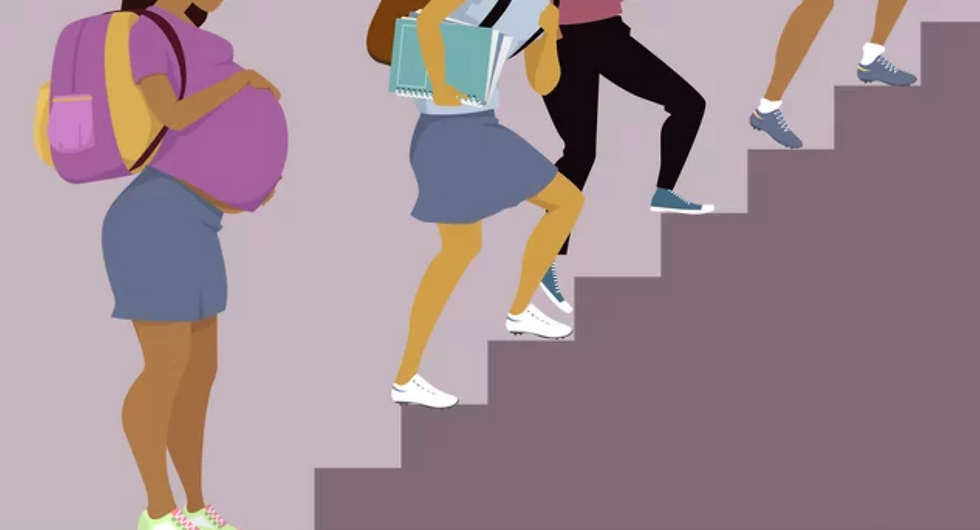Social Determinants of Teen Pregnancy
- Chinekwu Obidoa
- Jan 29, 2025
- 2 min read
Updated: Mar 3, 2025

Teen pregnancy in Georgia, especially in Middle Georgia, is not just a matter of individual choices, it is the result of deeply rooted social determinants. African American teens in Bibb County experience teen pregnancy at a rate nearly four times higher than their white peers. But why do these disparities exist? The answer lies in a complex history of systemic barriers, economic challenges, and social conditions that have created a cycle of vulnerability.

Understanding the Socio-Ecological Model in Teen Pregnancy Prevention
When it comes to addressing teen pregnancy, focusing only on individual choices, like encouraging abstinence or contraception use, doesn’t capture the full picture. The Socio-Ecological Model (SEM) offers a broader approach by recognizing that a teen’s decisions are shaped by multiple layers of influence, from personal beliefs to community resources and government policies.
This model helps us understand why some teens are at a higher risk for pregnancy than others and how to create meaningful solutions that go beyond just individual behavior. Here’s how different levels of influence play a role in prevention:
Individual Level – A teen’s knowledge, attitudes, and personal choices matter. Their understanding of reproductive health, confidence in making decisions, and future goals can shape their likelihood of experiencing an unintended pregnancy.
Interpersonal Level – Relationships with parents, peers, and mentors play a significant role. Open conversations about relationships and healthy decision-making, along with supportive friendships, can help teens make informed choices.
Organizational Level – Schools, clinics, and youth programs can provide access to comprehensive sex education, confidential healthcare, and supportive environments that encourage teens to focus on their futures.
Community Level – The availability of resources like healthcare services, after-school programs, and safe spaces for teens impacts their ability to make healthy choices. Cultural norms and economic conditions also shape expectations and opportunities for young people.
Policy Level – State and federal policies affect access to contraception, healthcare, and education. Policies that fund comprehensive sex education and expand healthcare services help reduce teen pregnancy rates.
By applying the Socio-Ecological Model, we can address teen pregnancy in a way that recognizes the many factors at play. Rather than expecting teens to navigate these challenges alone, this approach encourages partnerships between families, schools, healthcare providers, and policymakers to build environments where healthier choices are more accessible and supported.


Comments